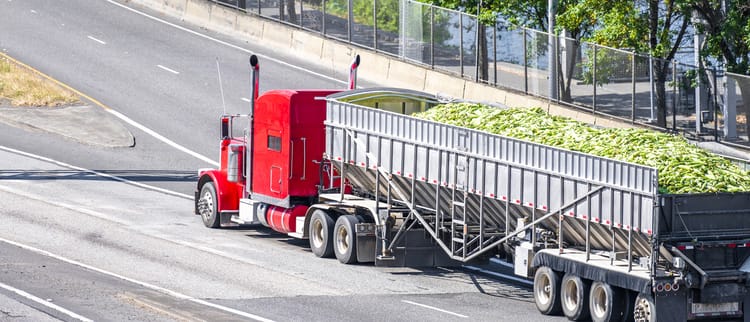How Fresh is your food?
EAT LOCAL, FRESH SEASONAL FOOD. Did you know that our food has many environmental impacts – from where it is grown to how far it travels before it reaches you.
Due to the globalization of the food industry, when I walk into the supermarket, I am able to buy goods from all around the world. But do I really need to buy these food items which have not only travelled thousands of food miles but are also very expensive. Yes, food miles – it is simply a measure of how far our food has travelled before we buy it. Do you know that our food transport, storage and processing contribute to one- third of global CO2 emissions?
Food travels up to 1,500 miles from farm to your plate generating great amounts of greenhouse gas emissions. Whether food is flown in by plane from another state, or even another country or whether it travel thousands of miles by truck - all modes of transport and most forms of storage and production consume fuel which contributes to one- third of global CO2 emissions. Apart from the economic and environmental cost, it also raises the question of nutrition. The nutritional benefits of vegetables and fruits decrease over time, so, eating fresh food within a few days of harvesting is healthier for you.






Comments
We'd love to hear your thoughts! To enter a comment, type your name and email address.